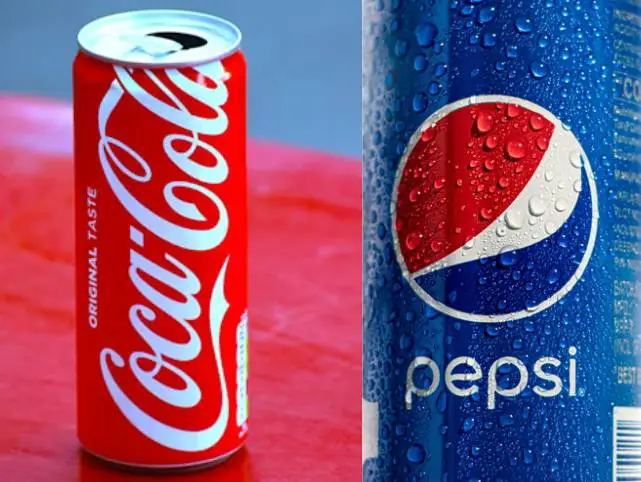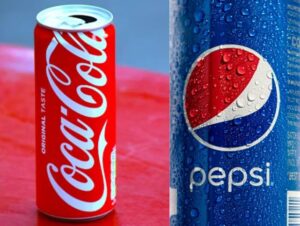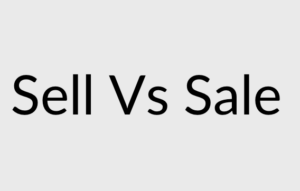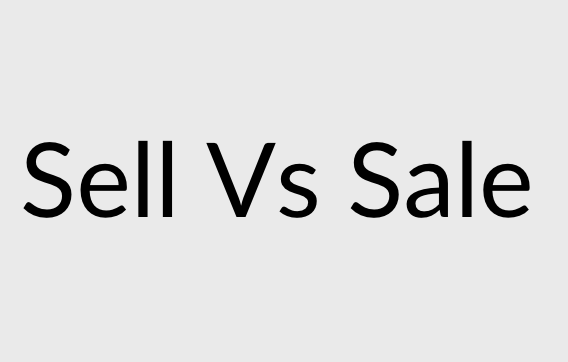When it comes to the world of soft drinks, two names stand out above the rest: Coca-Cola and Pepsi. These two giants have been rivals for over a century, each with its own loyal fan base.
But what makes Coca-Cola better than Pepsi? Here we list 9 reasons we perceive.
1. Taste: The First Sip Matters
One of the most significant differences between Coca-Cola and Pepsi is their taste. Coca-Cola has a unique flavor that many describe as vanilla-raisin with a hint of spice. This taste comes from its secret formula, which has remained largely unchanged since its creation.
Pepsi, on the other hand, is known for being sweeter and having a citrusy flavor burst, thanks to the citric acid it contains, which Coca-Cola does not.
In blind taste tests, people often choose Pepsi because of its initial sweetness. However, when it comes to drinking a whole can, many prefer the less sweet, more complex flavor of Coca-Cola. This preference for Coca-Cola’s taste over Pepsi’s is a key factor in why many consider it better.
2. Branding and Marketing: The Emotional Connection
Coca-Cola has become a symbol of refreshment and American culture. Its red and white logo is recognized all over the world. The brand’s identity is rooted in its classic bottle shape and distinctive script logo. This strong branding helps you recognize Coca-Cola easily, no matter where you are.
Coca-Cola’s brand recognition is not just about the logo. It’s about the feelings and memories that come with it. When you see a Coca-Cola, you might think of happiness, friends, and good times.
Its campaigns, like “Open Happiness” and “Share a Coke,” have not only been memorable but have also emphasized moments of joy and togetherness. This emotional branding has made Coca-Cola more than just a soft drink; it’s a symbol of happiness and unity for many.
Pepsi, while also successful in its marketing efforts to keep its brand fresh and appealing, often targets a younger audience and focuses on being trendy and modern. However, Coca-Cola’s approach to creating a timeless and universal appeal has given it an edge over Pepsi.
3. Global Market Share and Popularity
Coca-Cola is a giant in the beverage industry, known all over the world. You can find Coca-Cola products in over 200 countries. This wide reach is not just about selling Coke; it includes hundreds of brands under the Coca-Cola umbrella. Each brand caters to different tastes and preferences, making Coca-Cola a global leader.
Coca-Cola’s ability to dominate the global market is impressive. Since 2004, Coca-Cola has been the market leader, outperforming its competitor Pepsi. This success is due to its strong distribution channels, effective marketing, and diverse product range. Here’s a quick look at Coca-Cola’s global presence:
| Region | Coca-Cola Market Share | Pepsi Market Share |
|---|---|---|
| North America | 28% | 22% |
| Europe | 35% | 20% |
| Asia | 20% | 17% |
4. Product Variety
Coca-Cola offers a wide range of beverages to attract a diverse audience. You can choose from over 500 brands globally, including not just sodas but also water, teas, and juices. This variety means that Coca-Cola can meet the tastes and preferences of more people around the world.
Here are some popular Coca-Cola brands:
- Coca-Cola
- Diet Coke
- Coca-Cola Zero Sugar
- Sprite
- Fanta
- Dasani
- Minute Maid
- Powerade
- Simply Orange
Pepsi focuses on innovation to keep its products exciting. They often introduce new flavors and limited-edition products. This strategy keeps their brand fresh and interesting for customers.
5. Advertising Strategies
Coca-Cola’s commercials are more than just ads; they are a part of your holiday traditions. Think about the famous Christmas trucks. These ads bring a warm, fuzzy feeling that connects you with the brand on a personal level.
Pepsi has always known how to catch your eye with big stars. From Michael Jackson to Beyoncé, they use famous faces to create a buzz. This strategy makes you see Pepsi as a cool, trendy drink.
6. Health Perception
While both Coca-Cola and Pepsi are not considered health drinks, Coca-Cola has managed to maintain a slightly better health perception among consumers because Coca-Cola offers a wider range of lower-calorie and zero-sugar options, appealing to those looking for a less sugary alternative.
Pepsi, although it has introduced healthier options, is often associated with being higher in sugar and calories.
This difference in health perception can influence people’s choice, making them lean towards Coca-Cola as the better option. Pepsi offers many low-calorie drinks too. They want to meet your health needs. Their products like Pepsi Max have no sugar. This is good for those watching their sugar intake.
7. Cultural Impact and Iconography
Coca-Cola is more than just a drink; it’s a part of your life. You see it in movies, hear about it in songs, and feel its presence at major events. Coca-Cola has become a symbol of joy and celebration around the world. It connects people across different cultures and generations.
Pepsi tries hard to stay relevant in culture. It sponsors big events and works with famous artists. But, it often feels like it’s chasing after the cultural impact that Coca-Cola naturally has. Pepsi does bring people together, but it doesn’t have the same timeless appeal.
8. Historical Significance
Coca-Cola is a piece of history. Founded in 1886 by pharmacist John Stith Pemberton, Coca-Cola has grown from a simple drink to a symbol of American culture. This drink started in Atlanta, Georgia, and quickly became popular. Over the years, Coca-Cola has been part of many historical events and has become a global icon.
Here are some key milestones in Coca-Cola’s history:
- 1886: The creation of the original Coca-Cola formula.
- 1894: Coca-Cola is first bottled, making it easier to distribute and sell.
- 1928: Coca-Cola sponsors the Olympic Games for the first time, beginning a long-standing partnership.
- 1971: The famous ‘Hilltop’ ad is released, featuring the song ‘I’d Like to Buy the World a Coke.’
Coca-Cola’s journey through history shows how it has adapted and grown. It’s a part of people’s lives around the world. In comparison, Pepsico was formed in 1965.
9. Sustainability and Corporate Responsibility
When comparing Coca-Cola and Pepsi, both companies are making strides in sustainability. However, Coca-Cola’s comprehensive strategy and commitment to a circular economy might give them an edge.
Coca-Cola has set a big goal to reach net zero emissions by 2050. They focus on packaging, water use, and supporting people behind their brands. This includes farmers, employees, and bottling partners. Their efforts show a strong commitment to building a circular economy.













